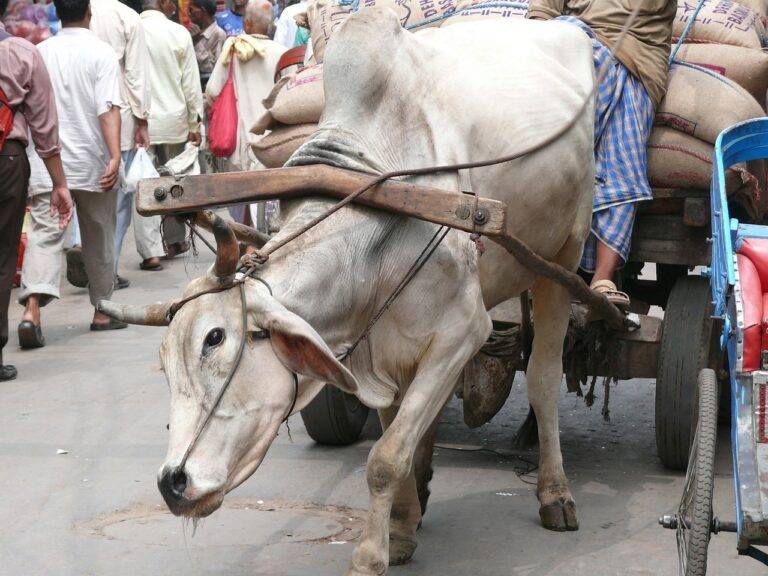The Rise of Populist Movements in Elections
Populist ideologies often appeal to the grievances and frustrations of the ordinary citizens who feel marginalized or left behind by traditional political establishments. These ideologies typically emphasize the idea of a “people versus the elites” narrative, portraying the ruling class as out of touch and corrupt. Populist leaders often present themselves as the voice of the common people, promising to address their concerns and restore power to the masses.
Furthermore, populist ideologies tend to oversimplify complex issues and offer straightforward solutions that resonate with the general public. This can involve scapegoating certain groups, such as immigrants or wealthy elites, for the problems faced by society. Populist leaders often use emotive language and rhetoric to rally support and create a sense of unity among their followers, framing themselves as the saviors of the nation.
Historical Background of Populist Movements
Populist movements, characterized by their appeal to the common people against the elite, have a long and storied history. Dating back to ancient Greece and Rome, where leaders like the Gracchi brothers championed the cause of the plebeians against aristocratic interests, the roots of populism run deep. In more recent times, the late 19th and early 20th centuries saw populist movements emerge in countries like the United States and Russia, with leaders such as William Jennings Bryan and the Russian Narodniks rallying support among the working classes.
The Great Depression of the 1930s ushered in a new wave of populism, with leaders like Franklin D. Roosevelt in the United States and Getúlio Vargas in Brazil implementing policies aimed at uplifting the common people during times of economic turmoil. This era also saw the rise of populist movements in Europe, exemplified by leaders like Benito Mussolini in Italy and Adolf Hitler in Germany, who manipulated populist sentiment for their own authoritarian agendas. Throughout history, the ebb and flow of populist movements have reflected the shifting socioeconomic and political landscapes in which they operate.
What are some common characteristics of populist movements?
Populist movements often involve appeals to the common people against elites, a focus on issues affecting the average citizen, and a promise to bring about political change.
When did populist movements first emerge in history?
Populist movements have been present throughout history, with roots dating back to ancient times. However, modern populist movements began to gain traction in the late 19th century.
How have populist movements evolved over time?
Populist movements have evolved in response to changing social, economic, and political conditions. They have adapted their messaging and strategies to appeal to contemporary audiences.
What role do populist ideologies play in shaping political landscapes?
Populist ideologies can have a significant impact on political landscapes, influencing policy decisions, voter behavior, and the overall political climate.
Are populist movements inherently good or bad?
The impact of populist movements can vary depending on the context and the specific goals of the movement. While some populist movements have led to positive social change, others have been associated with authoritarianism and discrimination.





